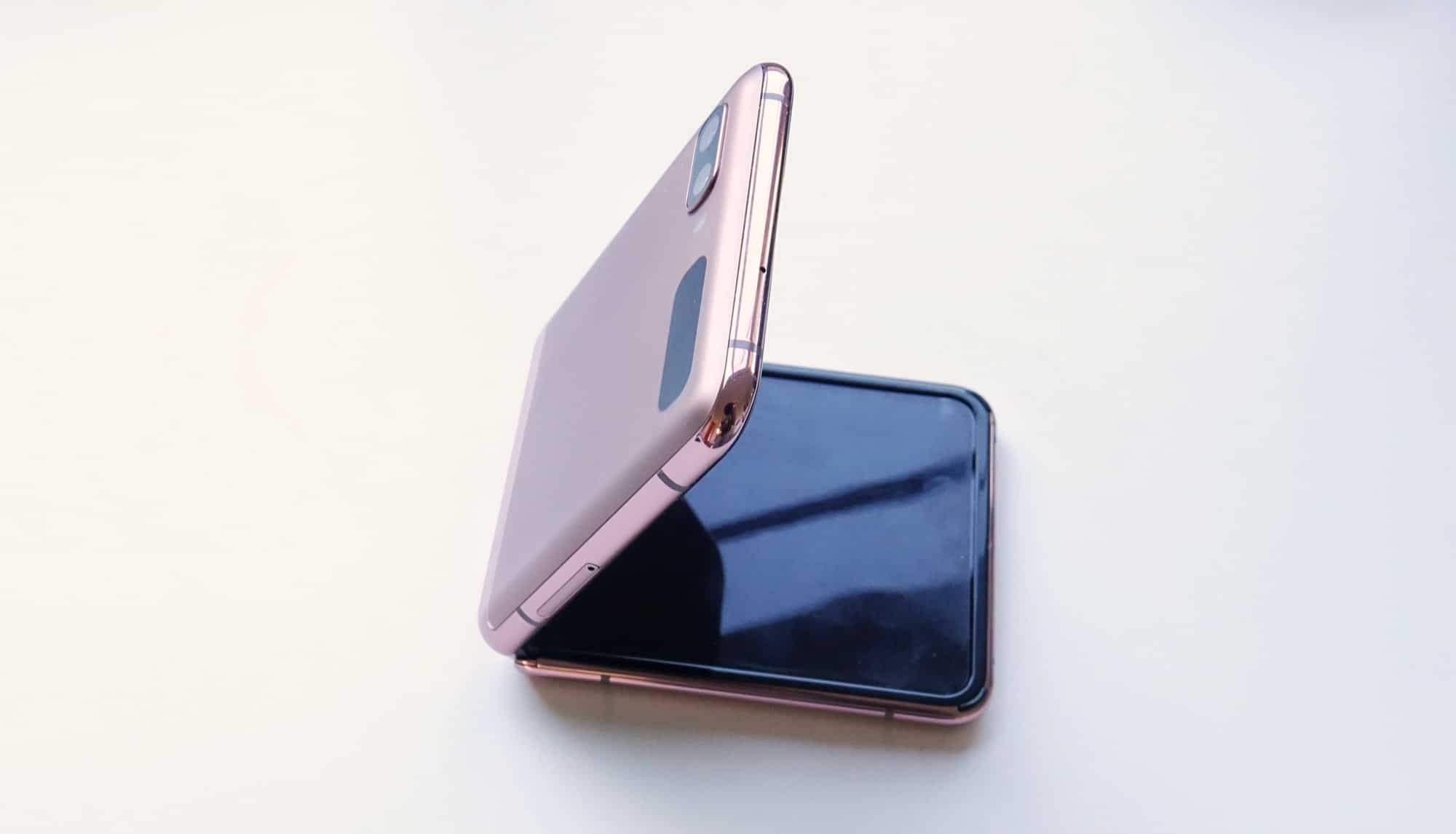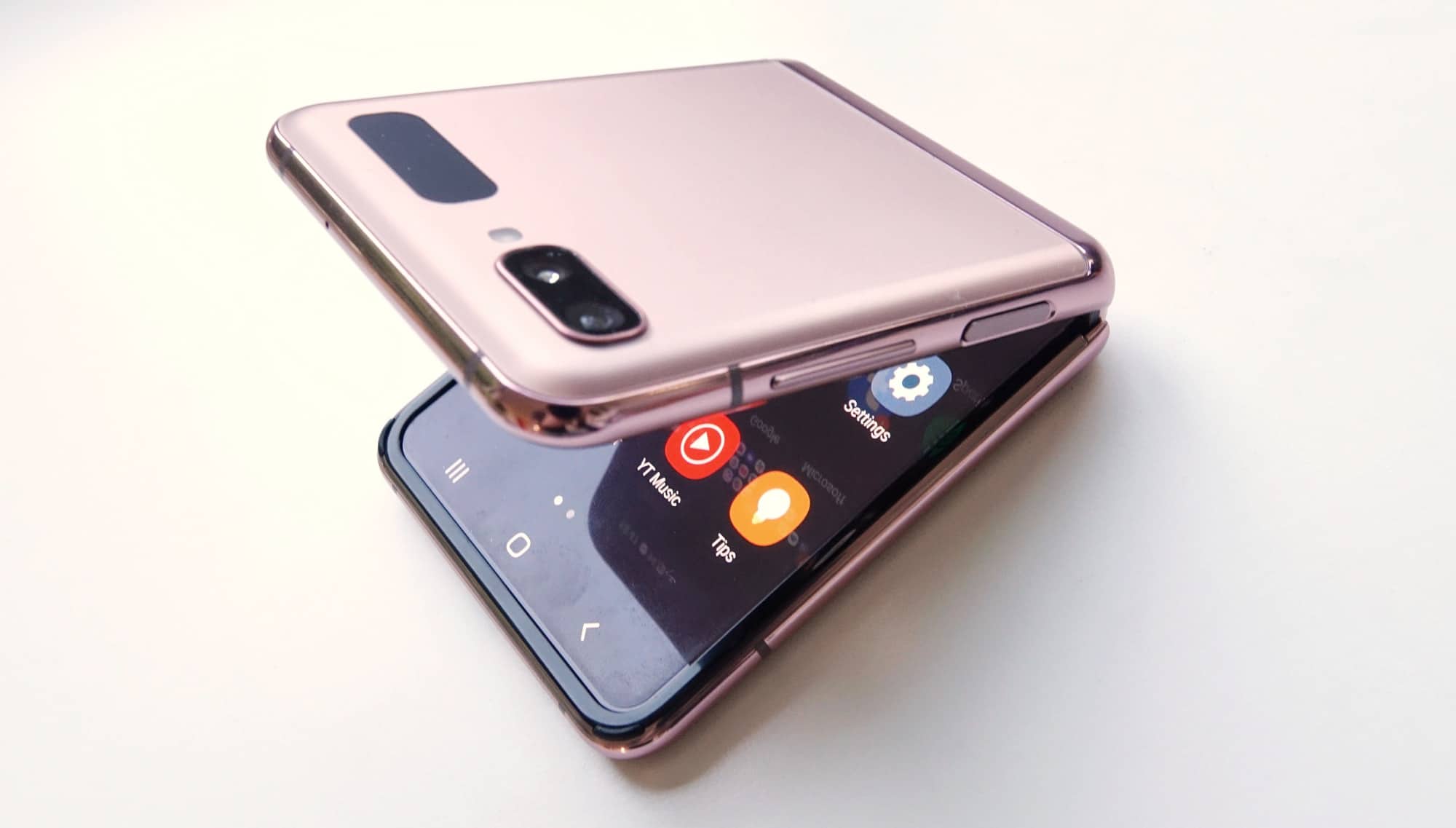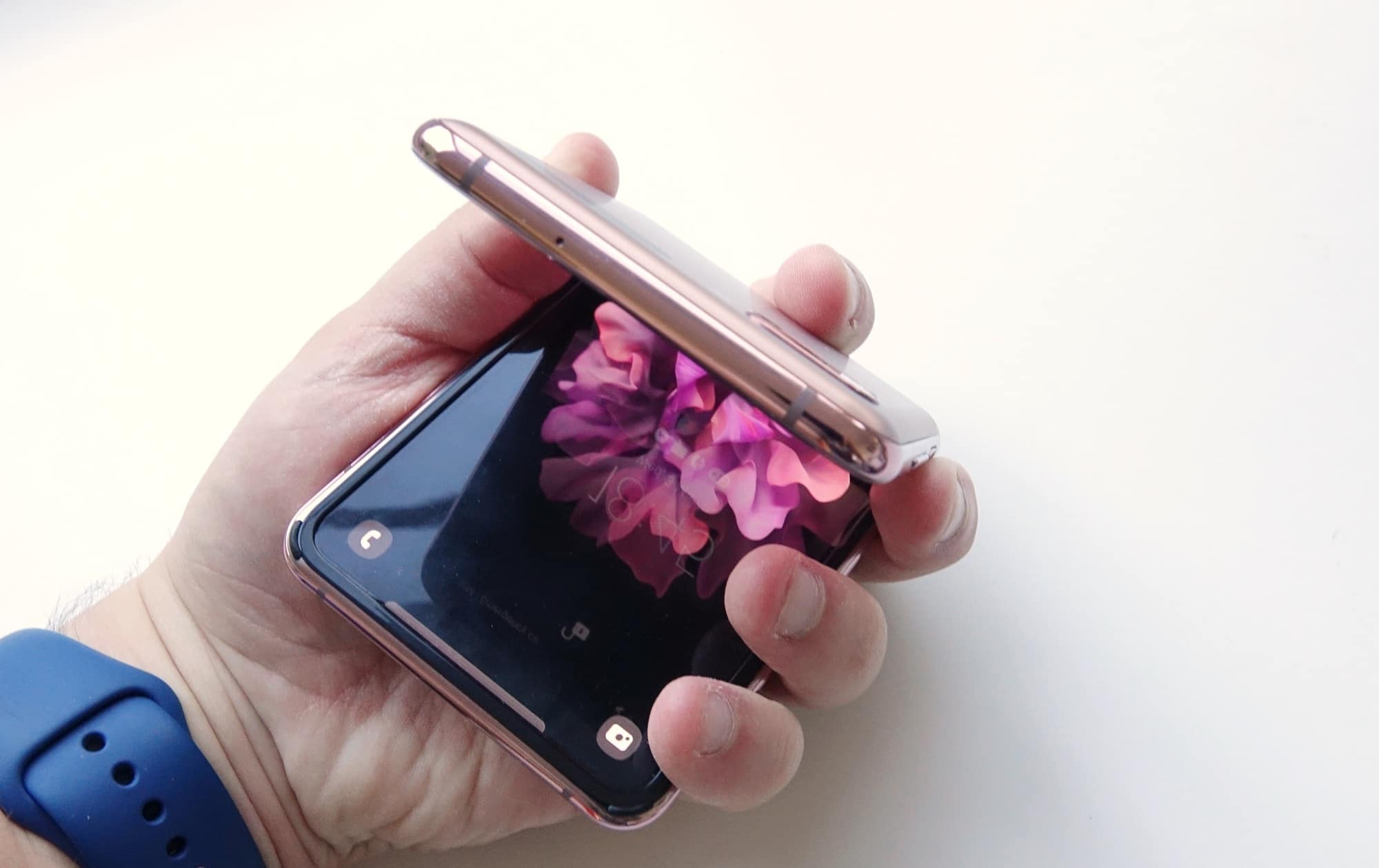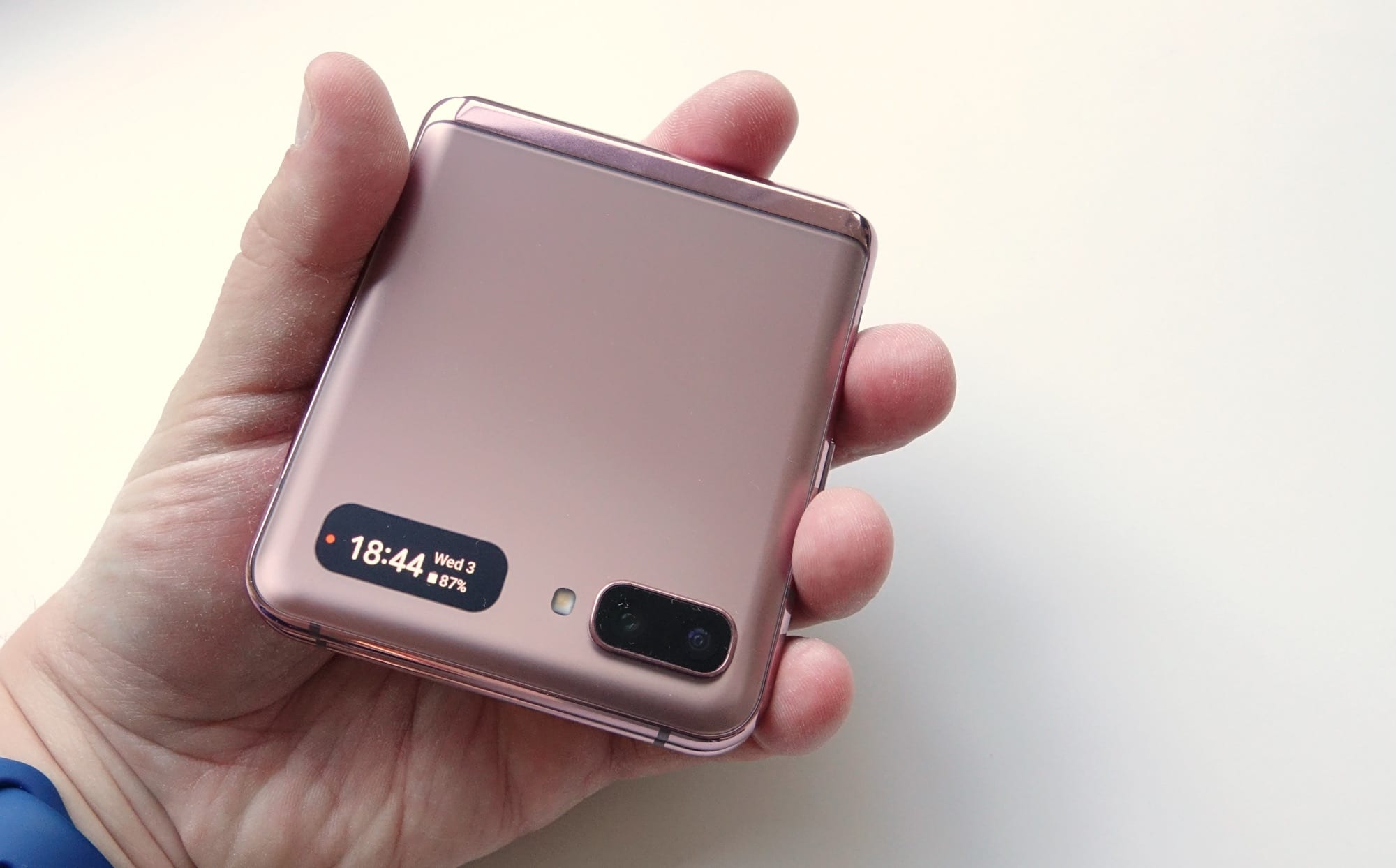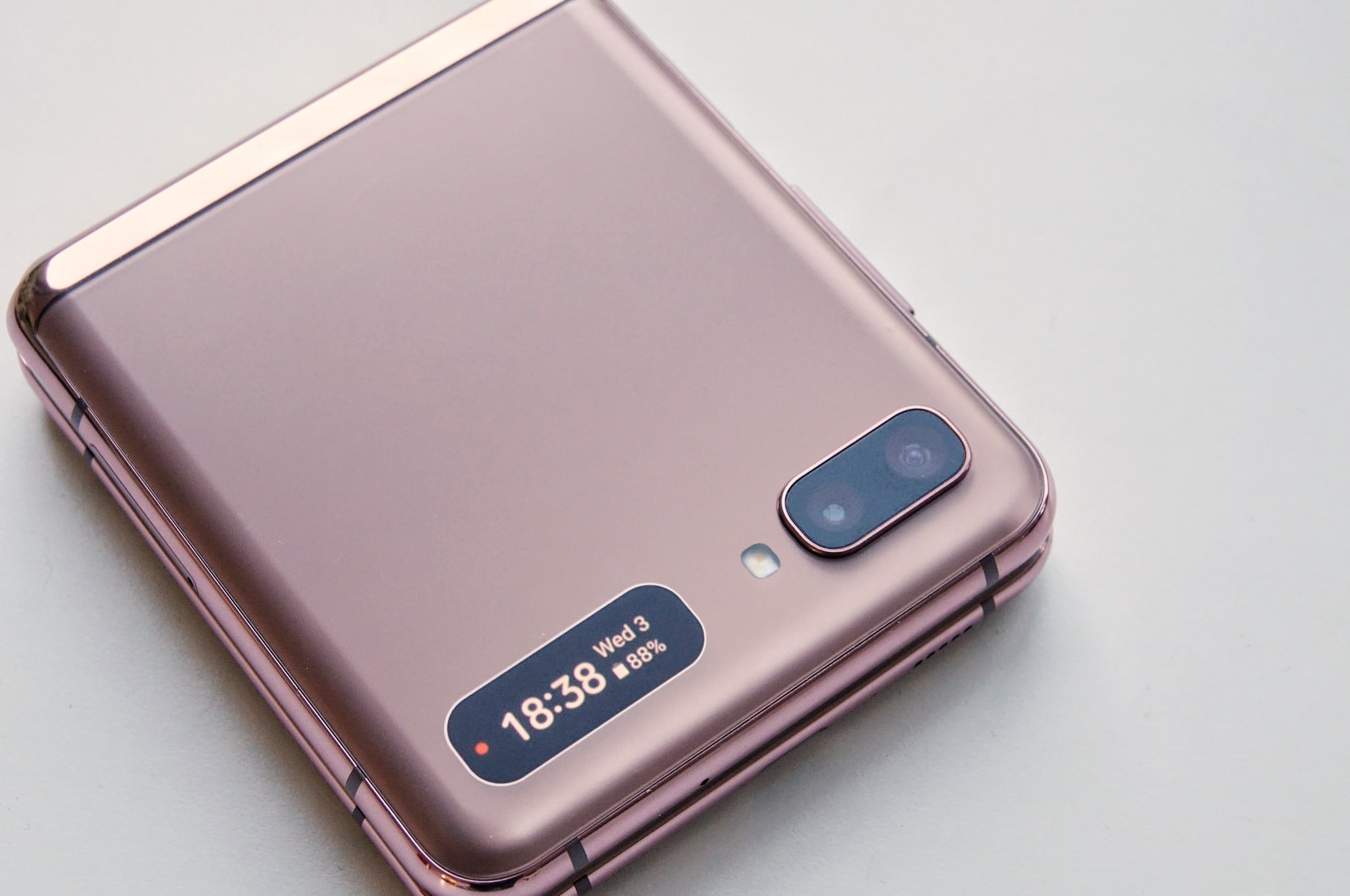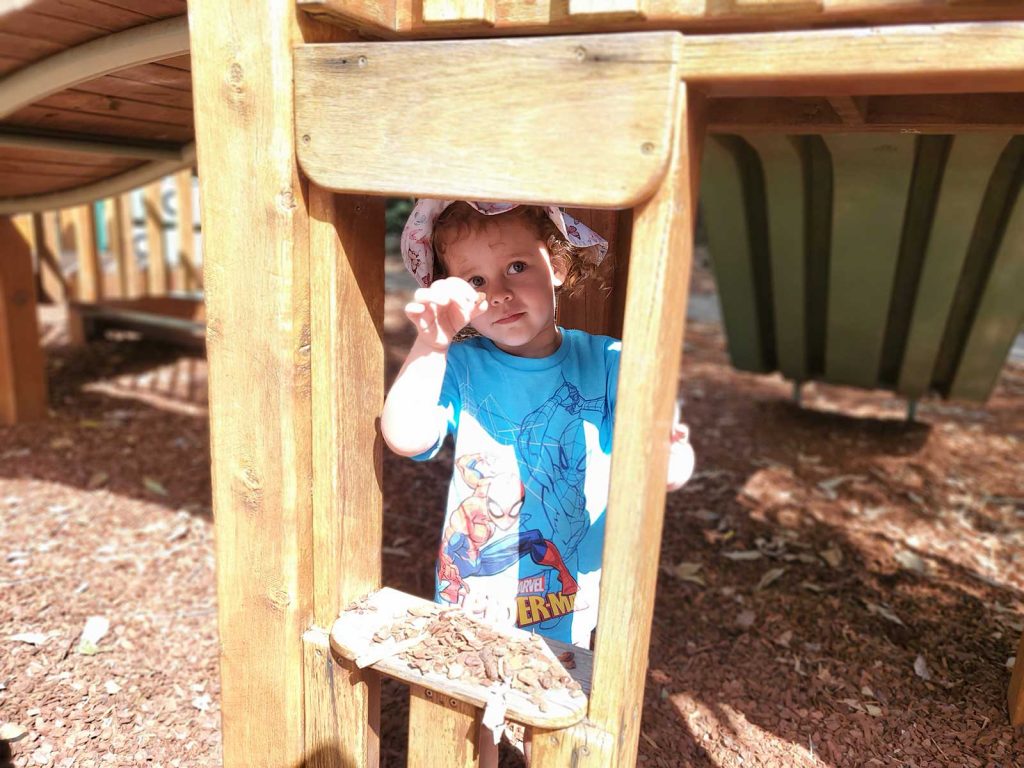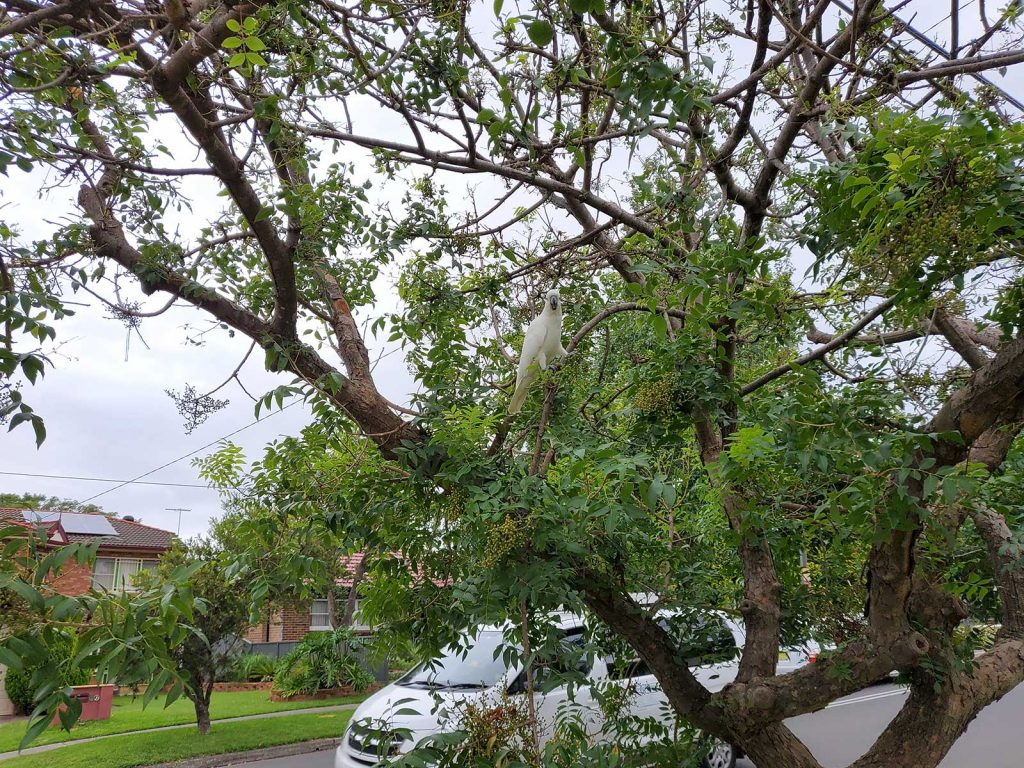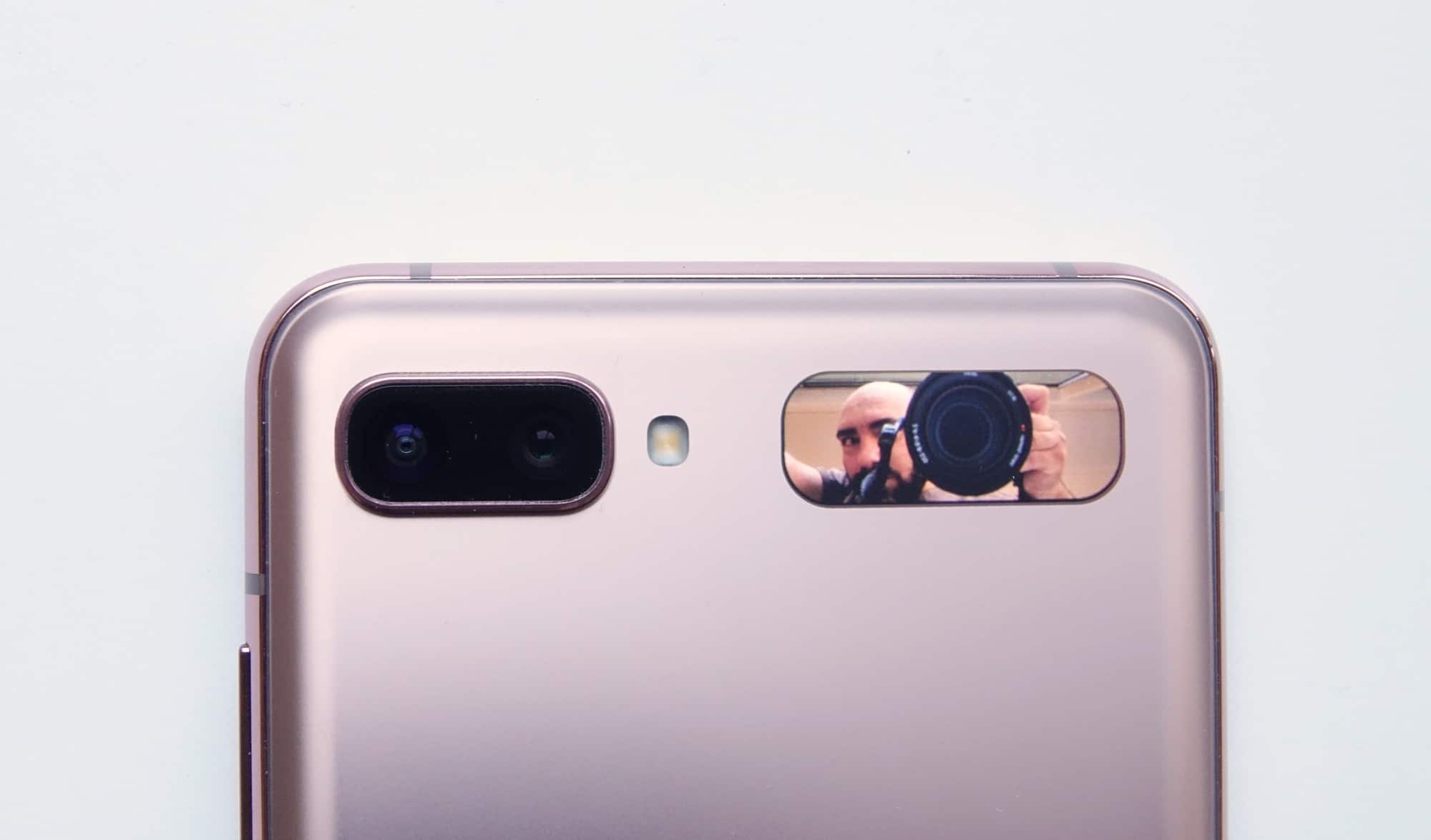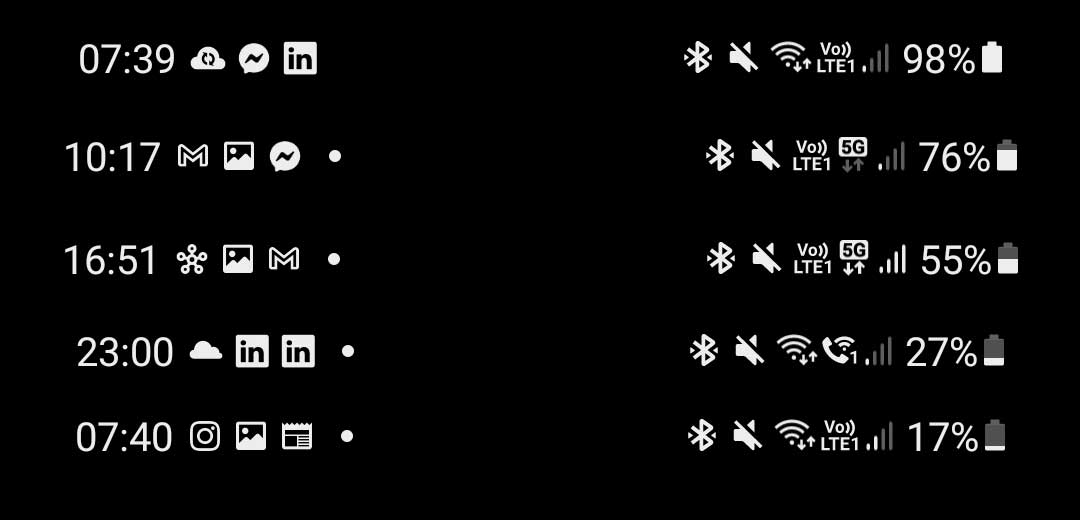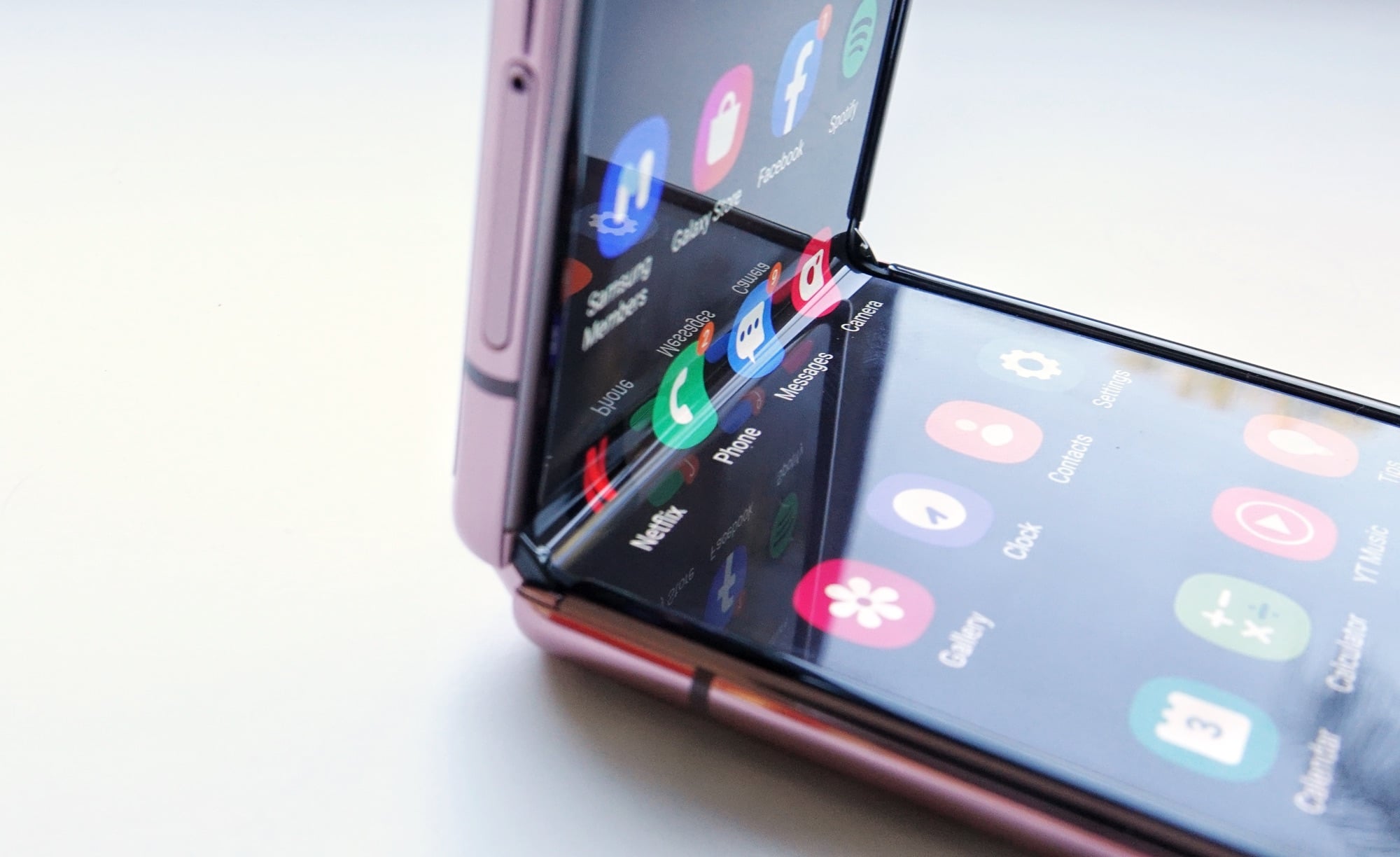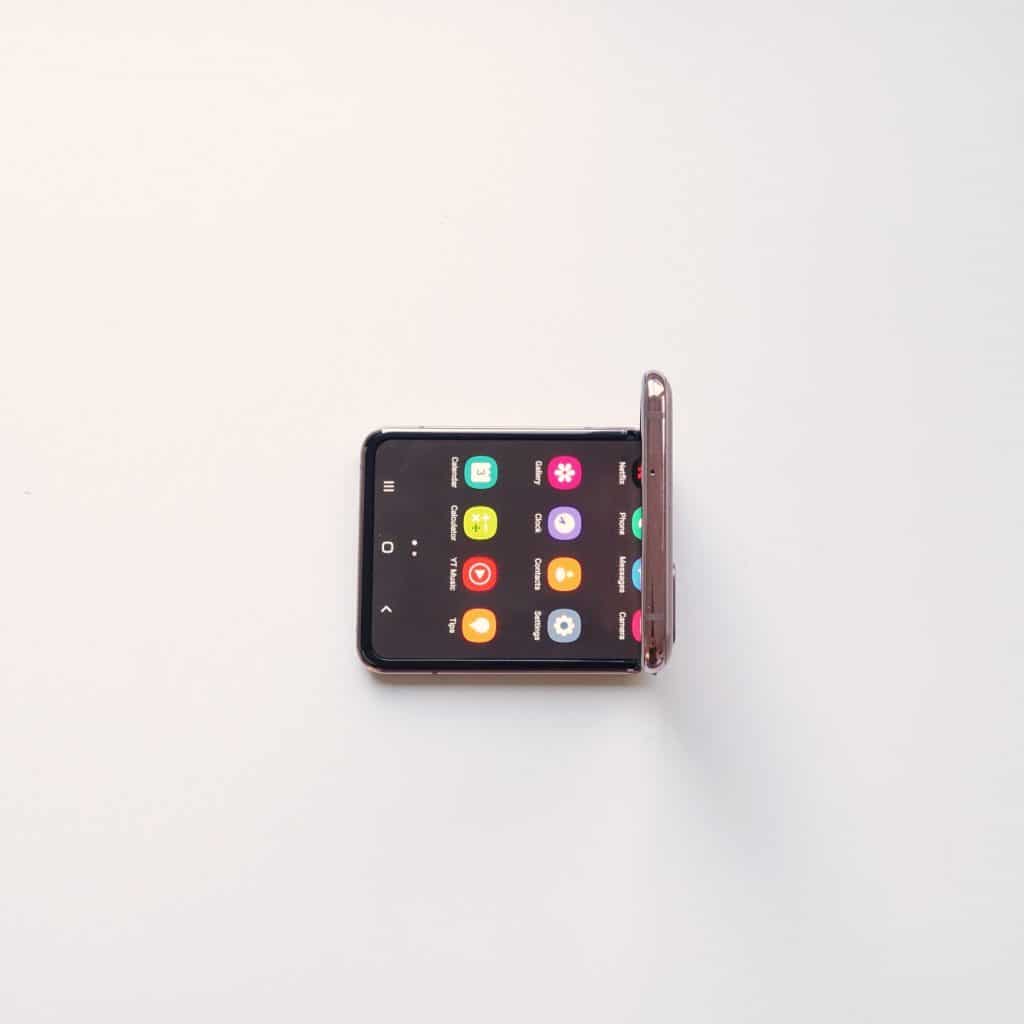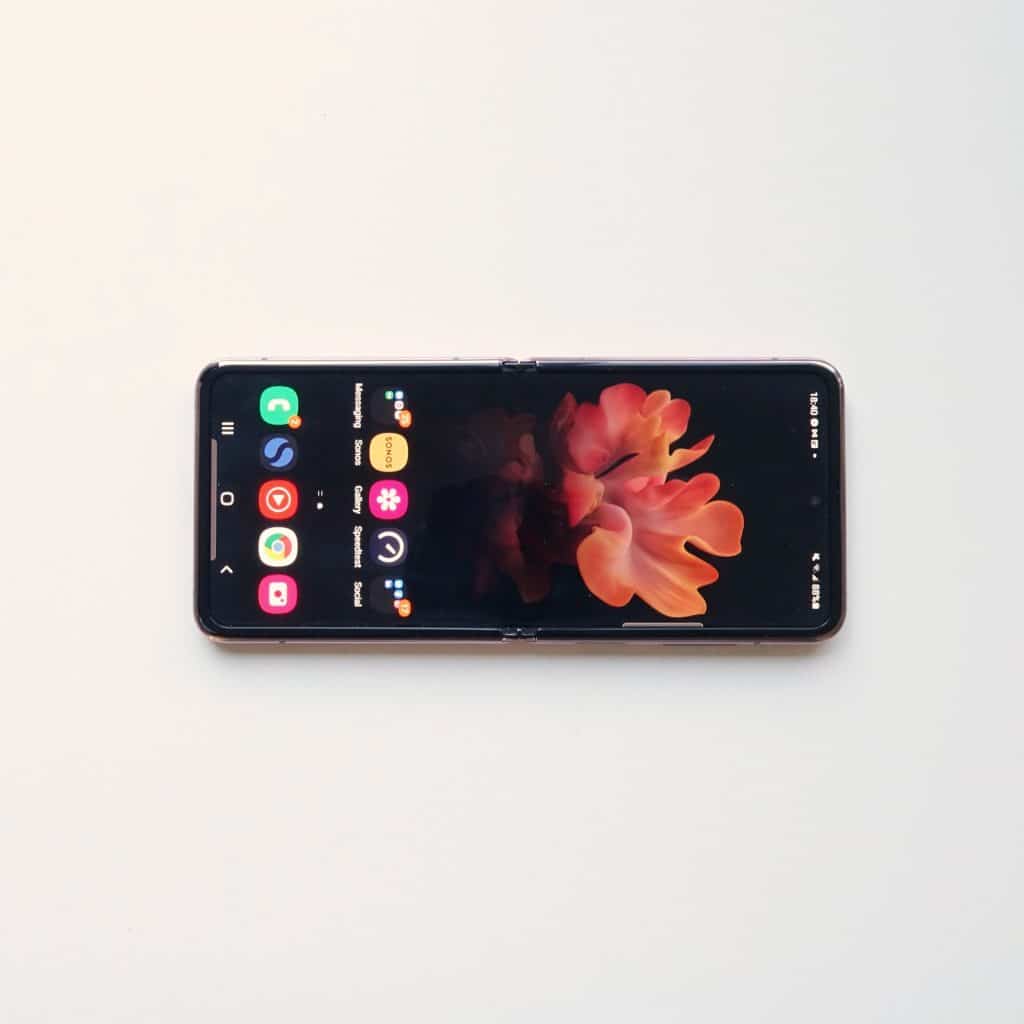Quick review
The good
The not-so-good
Samsung doesn’t just have a 5G foldable phone that unfolds into a tablet, because it also has a 5G foldable that’s folds into a smaller phone. Is the Galaxy Z Flip something new and exciting, or should you put a hold on the fold?
There’s no shortage of phone choice, but you don’t have to look far to see just how same-same it can all feel. Every phone looks the same after a while, and even though they all come with different screen sizes and various features and distinct cameras and shifts in materials and a whole bunch of price tags, they can all kind of look the same: a touch screen block that you use and throw into your pocket, bag, or whatever else you carry your phone in.
You know what we’re talking about, because even if you have a totally different phone from the person next to you, there are probably a bunch of similarities that are clearly obvious to everyone.
But foldables could change that, because they have the power to make phones different. There’s already one style out in the wilderness, as the standard big phones unfolds into a tablet, but what else can you do?
Samsung appears to have the answer, and rather than go big, the idea is to go small, or smaller, anyway. The Galaxy Z Flip 5G is a big phone that folds into a smaller one made for your hands and more. Is it worth your time and money?
Design
First let’s start with design, because while most phones reviewed at Pickr tend to arrive in the stock-standard touchscreen block that everyone is used to seeing, the Galaxy Z Flip 5G is something different.
It is technically still the same form-factor, but Samsung has made it with a foldable screen, not unlike what you can find on the Galaxy Z Fold, but with the hinge in a different place.
In the Z Fold, the hinge unfolds that phone from a tall and thin phone to a slightly more square-ish tablet. With the Z Flip, Samsung’s hinge sits in the centre of its tall rectangular design, so rather than fold open from a phone into a tablet, it folds open from a closed square flip phone into a full screen mobile that looks more like others in the world.
That’s a design that is different not when open, but definitely when closed, because Samsung has taken its standard style Galaxy S20 and made it shut closed like a proper clamshell phone.
Granted, it gets a little thicker when that happens, because you’re taking a phone of one thickness and slamming the sides next to each other, having the phone go from around 7.2mm thick open to 17.3mm thick closed. It’s basically the phone doubled and backed in on itself when closed, plus a little more because there’s a slight camera bump.
While a little chunky when closed, it’s the design while closed that helps make the Galaxy Z Flip stand out.
In comparison, our everyday phones tend to be large, offering a positively huge screen and a big battery to match. Despite those sizeable improvements, our pants have stayed the same size. Specifically, our pants pockets have stayed the same size, and mean our big phones often just don’t work with what we wear.
Throw them into a bag and it’s easy, but throw them into a pocket of varied sizes, and you’ll get varied outcomes. Some of the “normal” big phones we’ve reviewed in the past few years have fallen out simply by sitting, while others peek out from behind fabric while walking. Phones and pockets aren’t playing well together, and big sizes are the reason why.
But the Galaxy Z Flip changes that. Here, Samsung has taken a 6.7 inch AMOLED screen and folded it in half, which increases the thickness in your pocket, but means you’re carrying something smaller entirely. Rather, it’s a square of that folded in half that leaves a smaller imprint on pants and hands altogether.

Features
Inside that smaller imprint, Samsung has left the specs there, though this phone is technically a 2020 phone, so the specs aren’t quite as high as in the Galaxy S21 range. The Galaxy Z Flip 5G is a phone that was announced not far from the Galaxy Note 20 and Note 20 Ultra, and so while we’re reviewing it in 2021, it’s really last year’s phone.
Despite that, the Galaxy Z Flip 5G still manages to impress, thanks to the tech inside, with the 183 gram handset offering an eight-core Qualcomm Snapdragon 865, 8GB RAM, 256GB storage, and Android, which was version 10 out of the box, but has been since upgraded to the most recent, Android 11.
You’ll find two rear cameras on the Z Flip 5G, offer a 12 megapixel wide F1.8 and a 12 megapixel ultra-wide F2.2, plus a 10 megapixel F2.4 on the front. All three of these cameras can handle 4K video, down from the 8K on the S20 range, but still not too shabby in the grand scheme of things.
There’s also your regular assortment of connections, with 802.1a/b/g/n/ac WiFi, Bluetooth 5.0, GPS, Near-Field Communication (NFC) for mobile payment and wireless handshakes, plus Samsung Pay and the one wired connection, USB Type C.
All of this sits in a body that is made form aluminium and glass, and protects what’s on the inside: a foldable AMOLED screen measuring 6.7 inches, and running a resolution of 2632×1080, a little unorthodox because of the tall design. That’s actually one of two screens on the Z Flip 5G, with the second being a super small Super AMOLED sized to 1.1 inches and capable of showing very, very small amounts of information.
The whole thing sits atop a 3300mAh battery that can be wirelessly charged, and is not removable.
In-use
While the features may feel familiar to the modern smartphone world, the usability is a little more like something out of yesteryear. Much like how Motorola’s foldable Android Razr phone revived the clamshell phones of the past, so, too, does the Galaxy Z Flip 5G.
Yes, this is a full touchscreen phone like a standard Samsung phone, but there’s a hinge across the middle, so that this touchscreen phone folds over on itself, making itself smaller.
Because of that hinge, using the Z Flip is a little different compared to other phones. You’re not just going to pull it out and start using it like another phone. Rather, you need to pull it out, open it up, and then start using it like any other phone.
Bizarrely, this extra step actually adds a fraction more time to how you use the phone, complete with a fingerprint sensor on the side, not in the screen itself. It means you’re unlocking the phone after you open it, but you need to open the Z Flip to use it, as you can’t really check it unless it’s unlocked.
There is a very small 1.1 inch screen on the front that can give you small updates, a message or status and so on, but it’s not really there for use, more of a minor alert, and you can’t control it. To actually use the phone, you need to take it out, flip it open (which requires a little more force than a simple flip), and then unlock the phone for use.
Opened, the Galaxy Z Flip isn’t like your conventional phone because of that foldable screen, which is bendable and foldable. It folds shut and bends as it opens, and that means there’s a bit of a crease on the screen where the hinge is. Fortunately, because it’s an AMOLED, you never really see it unless the screen is off. You can feel it when you run your finger over it, but it’s really not as distracting as it sounds. It’s there, and you get over it quickly.
After that, it’s really standard smartphone stuff, with Android, widgetised home screens, an easy to use menu, and so on and so on and so on. If you’ve used Android before or another Samsung phone, all of this will be familiar. And if not, you’ll get the hang of it quickly enough, just as soon as you flip open the Galaxy Z Flip 5G.
Performance
Because there’s a different design and a foldable form-factor, there’s a different way to use the phone, sure, but the differences between a standard Samsung Galaxy phone go beyond that design and usability. It’s also in the chip.
You see owners of the Australian Samsung Galaxy S phones get the Samsung Exynos chips in their phones. With the Galaxy Z Flip, Samsung uses the Qualcomm chips, which perform a little differently.
They’re both made with eight cores and some seriously solid performance, so you won’t notice any major differences in how you use the phone, with 8GB RAM along for the ride, and virtually no lag as you use the handset.
Much like we saw in Samsung’s other Galaxy phones for the year this came out, 2020, the phone delivers plenty of performance, making it flagship fare.
The same is true in mobile performance, with this variant of the Galaxy Z Flip a 5G phone. Yes, just like the other Samsung foldable, the Galaxy Z Fold 2, this is a 5G folding phone, and one that offers mobile speeds aplenty, hitting 800Mbps in our tests on Telstra’s 5G network in Sydney.
That’s basically a next-gen speed for a next-gen form-factor, and that’s all right in our books.
Camera
But while the form-factor may well be next-gen, the camera doesn’t really feel that way. Rather, it can feel a little out of date, almost like it was the last bit of the design that Samsung bolted on.
At least you get two cameras, which we suppose is a win, delivering two 4K-capable 12 megapixel cameras, standard and wide, which are capable of some decent daylight images and some acceptable night images, though nothing quite so impressive.
The camera isn’t really the focus of the Galaxy Z Flip 5G design, and seems to exist simply because it needs to. It’s actually a little reminiscent of 2019’s Galaxy S10e.
However Samsung has included two aspects of the camera we like, and they’re oriented to features specific to the Flip.
The first is the controls, which when the phone is folded at the hinge and presented rather like a compact mirror, shows the camera viewfinder on the top screen and the controls on the bottom. That’s handy, especially when in a selfie mode, because it means the camera can sit on a table and take a selfie from a little further back.
Then there’s using the rear camera for selfies, something you can do on the Galaxy Z Fold 2, but that Samsung has made work differently on the Flip. Specifically, you can use the tiny 1.1 inch external screen for a preview of your selfie, allowing you to use the power of the 12 megapixel F1.8 camera for selfies, as opposed to the smaller 10 megapixel F2.4 on the inside.
Basically, you have two options, and that’s something you might not expect from a phone like this.
Battery
Now remember when we spoke about that processor difference from before? That’s a key difference worth revisiting, because it helps the battery feel different than some of the phones we’ve seen from Samsung in the past year.
Let’s get something out of the way: the recent Galaxy models in 2020 did not have the best batteries, and this year’s S21 has thus far not been fantastic, either. Our feeling is the chip has played a part, because overseas, the reports on the battery performance reads a little better. Basically, the battery argument might come down to whether you have a Samsung Exynos or a Qualcomm Snapdragon inside.
If that’s the case, then you might want to thank your lucky stars the Galaxy Z Flip differs greatly from the Galaxy S models normally released in Australia, because it has a Snapdragon inside.
Testing this Snapdragon-equipped phone in Australia, we found the Galaxy Z Flip 5G managed to last a good 24 hours with no problems provided you kept your screen time down to three hours, and we found a little more was possible if we wanted to wrench it out.
Granted, the design is such that the folding elements means you’re less likely to pull the phone out and just glance down at the screen when you want to.
It’s just not going to be the same process of using this phone, because it’s snapped shut and requires that marginal more effort to open and use. Even if you do, though, the Z Flip handles the day quite well, and there’s even wireless charging built in.
Value
However the price is not one we’d really attach the word “value” to. That’s partly because it’s so high, but also because foldable phones don’t exactly match the word “value” yet. They’re still far too new to be associated with anything you could match it to, and a little too costly.
At $2149 in Australia, the Galaxy Z Flip isn’t exactly cheap, costing more than the Galaxy S20+ and Galaxy S20 Ultra last year, which is where it kind of fits between: it’s like an S20, but you can fold it.
Sufficed to say, you’re definitely paying a little more for the privilege of having a foldable phone, given this is still totally new territory, and that might be okay. This is a very different phone, and until more foldables arrive, it’s not thoroughly unsurprising to expect a mobile built like this to command a slightly different price.
Plus, the whole thing is just so cool to use.
What needs work?
The more we used the Galaxy Z Flip, the more we loved the execution of this phone.
It’s something different in a world of everything being much the same, and while phones are always so darn big, the Samsung Galaxy Z Flip is a big phone made small. It fits in your pants and that is brilliant.
But it also needs a few things to be worth that over-$2K price tag, which is not easy to get over for what you get, and one of those is a better camera system.
You get two cameras on the back — wide and ultra-wide — but not the four of either the S20+ or S20 Ultra, and it’s certainly not the three found on this year’s Galaxy S21. Rather, it’s a little more reminiscent of what comes with the Galaxy S10e, which is to say it’s not what we’d expect a two grand phone to arrive with.
There’s also no water resistance, something that doesn’t surprise us yet, given the hardware is probably more fragile and once the hinge opens, there’s probably more risk of water damage. So that’s less a flaw and more of something unfortunate, but also unsurprising. The fingerprint reader isn’t super reliable either, and may take a few more tries than the one you’re used to using to open your phone.
However we want that screen on the outside to be bigger and more useful, because at barely bigger than a fingernail, it doesn’t really have much use. The tiny external screen can give you an idea of a message that’s come in, and it can even work as a tiny rear camera selfie screen, a weird concept that is cute yet silly. But beyond these two features, that external screen doesn’t have much going for it.
If it were bigger and acted like the always-on screen of Samsung’s Galaxy range, it would make a whole lot more sense. As it is now, it just feels like a bonus that Samsung didn’t think through.
Final thoughts (TLDR)
The thing is, even with those issues, the Samsung Galaxy Z Flip is genuinely still really exciting as far as phones go. Technically, it’s not the only clamshell Android 5G phone with a foldable screen in Australia, joining Motorola’s Razr 5G. However Motorola has been rather shy on letting local reviewers try their hands the Razr, and so we have no idea what that phone is like.
The Razr may as well be vapourware for reviewers, because only a couple have been able to partake, and the rest of us appear to be chopped liver. But that’s fine in the end, because we may well be experiencing a better take from Samsung.
That gives the Samsung Galaxy Z Flip a point of difference, because Samsung is clearly confident in letting reviewers play with it. And so it should be.
The Galaxy Z Flip is a breath of fresh air for phone designs. It’s a flippin’ revelation, and something different in a world where so many phones are the same.
This is a world where phones have continuously managed to get bigger, despite our pants pockets staying roughly the same. It’s so nice to see a phone focus on being smaller, that it has almost become that phone that we choose to go to for the everyday slog. Honestly, it just needs a better camera and we’d be there. Recommended.



